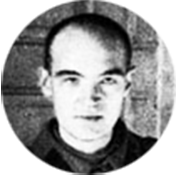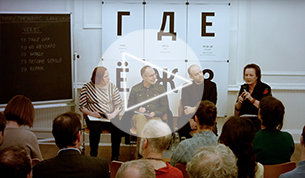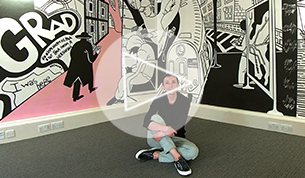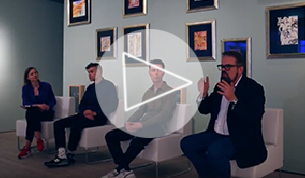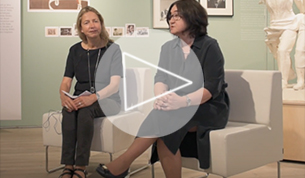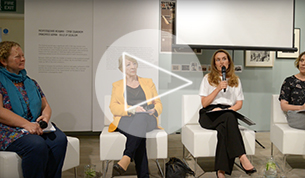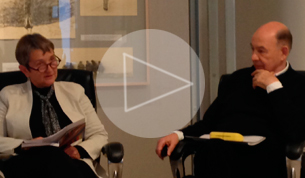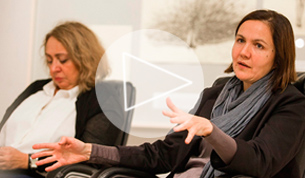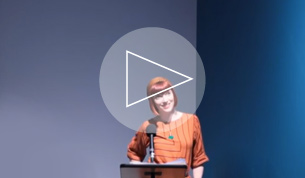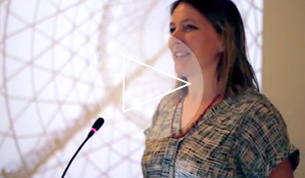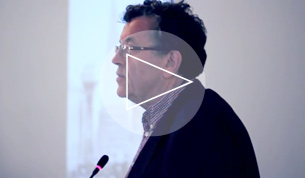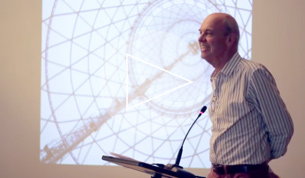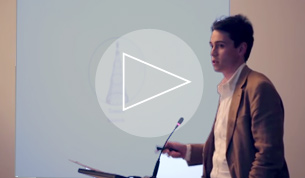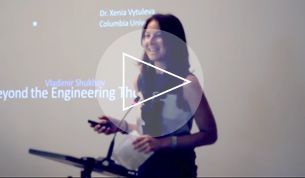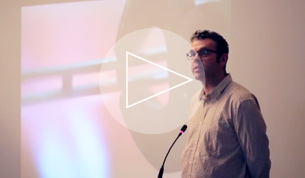Watch
Mother Tongue
Apparition of the Last Soviet Artist in London
ShadowMemory x Art Night Open
Postponed Futures
Superwoman: ‘Work, Build and Don’t Whine'
Unexpected Eisenstein
-
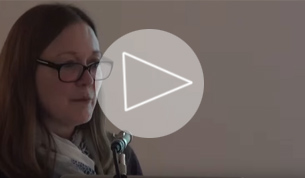 Rachel Morley:
Rachel Morley:
Russian Cinema before 1917 -
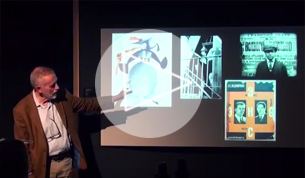 Ian Christie:
Ian Christie:
Besides Eisenstein: Protazanov, Barnet and the new Soviet cinema of the 1920s -
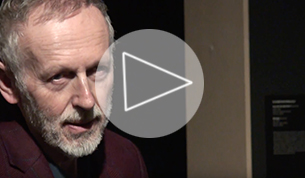 Ian Christie:
Ian Christie:
Maxim and co: creating the new heroes and heroines of the 1930s -
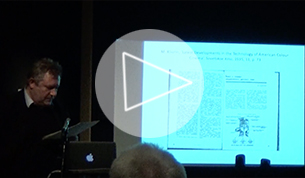 Phil Cavendish:
Phil Cavendish:
Soviet Colour Film, 1929-1945: An Experiment Understood by Very Few -
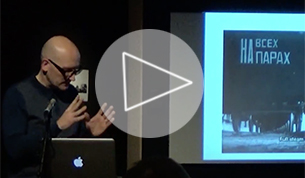 Jeremy Hicks:
Jeremy Hicks:
Meaningful Martyrdom — Death, Revolution and Victory from Lenin to the Reichstag, 1924–45 -
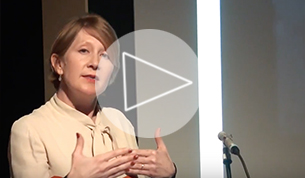 Emma Widdis:
Emma Widdis:
Film and the Making of the New Soviet Person: Bodies, Minds and Feelings -
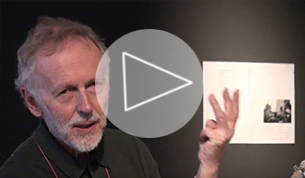 Ian Christie:
Ian Christie:
Hopes and fears: the Soviet New Wave of the 1960s -
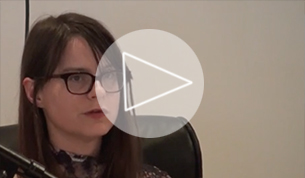 Carmen Gray:
Carmen Gray:
Andrei Tarkovsky: The Citizen Poet and the State -
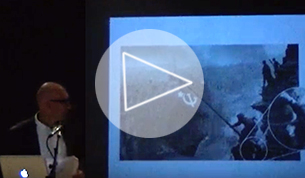 Jeremy Hicks:
Jeremy Hicks:
Reusing War Footage in Russian and Soviet Films, 1945–2015
Peripheral Visions
A Game in Hell. The Great War in Russia
-
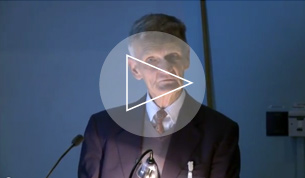 John E. Bowlt:
John E. Bowlt:
Introductory remarks -
 Elena Sudakova:
Elena Sudakova:
'Forgotten Heroes of the Great War' -
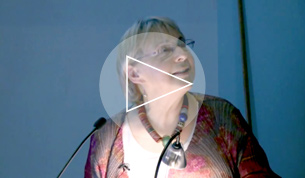 Christina Lodder:
Christina Lodder:
'A Painting Fit for Heroes: Kazimir Malevich's Reservist of the First Division' -
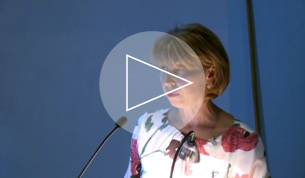 Natalia Budanova:
Natalia Budanova:
'Who Needs the Art Now?': Russian Women Artists Representing the Great War' -
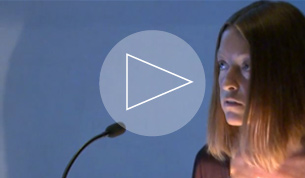 Valentina Parisi:
Valentina Parisi:
'Russian Avant-Garde Circles and the Literary Response to the Great War'
Work and Play Behind the Iron Curtain
The Shabolovka Tower Model
Kino/Film: Soviet Posters of the Silent Screen
-
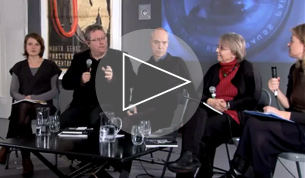 Curators and Special Guests:
Curators and Special Guests:
Panel Discussion with Exhibition -
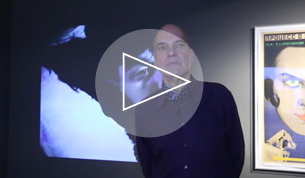 Lutz Becker:
Lutz Becker:
Curator talks: Chess Fever and The Three Million Case -
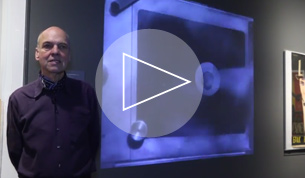 Lutz Becker:
Lutz Becker:
Curator talks: Man with a Movie Camera -
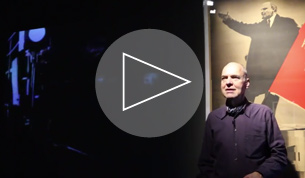 Lutz Becker:
Lutz Becker:
Curator talks: October -
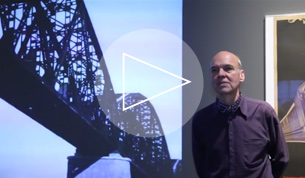 Lutz Becker:
Lutz Becker:
Curator talks: Storm Over Asia and Turksib -
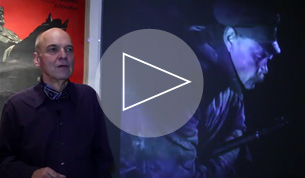 Lutz Becker:
Lutz Becker:
Curator talks: The End of St Petersburg -
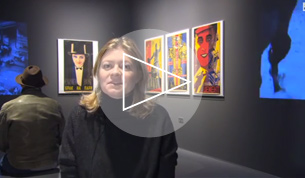 Elena Sudakova:
Elena Sudakova:
Soviet Posters of the Silent Screen
Utopia LTD
-
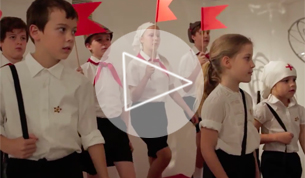 'Inside the Rainbow' Performance:
'Inside the Rainbow' Performance:
Directed by Irina Brown -
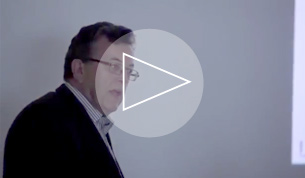 Professor John Milner:
Professor John Milner:
Seminar: 'Re-Constructivism' -
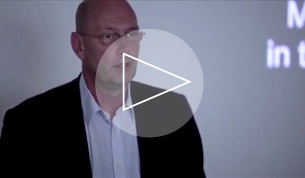 Willem Jan Renders:
Willem Jan Renders:
Seminar: 'After Lissitzky: Reconstructions at the Van Abbemuseum' -
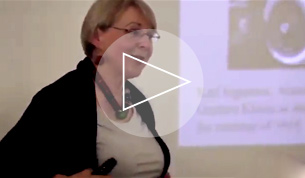 Christina Lodder:
Christina Lodder:
Seminar: 'Gustav Klucis: Transmitting Utopia' -
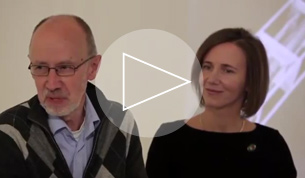 Aleksandr Shklyaruk:
Aleksandr Shklyaruk:
Seminar: 'Klucis and the Materialisation of a Futurist Idea' -
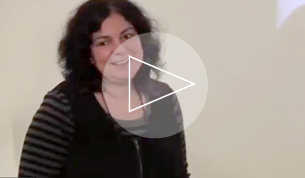 Dr. Maria Tsantsanoglou:
Dr. Maria Tsantsanoglou:
Seminar: 'Tatlin's Legend'
Listen
Superwoman: ‘Work, Build and Don’t Whine'
Unexpected Eisenstein
Bolt
A Game in Hell. The Great War in Russia
Read
Pavel Filonov
(1882-1941)
Pavel Filonov was born on 27 December 1882. His working class roots meant that growing up he earned a living and gained artistic experience through undertaking skilled labour, such as the restoration of art works, photo retouching, commercial poster design and even embroidery and painting houses. From this he developed an affinity with the close inspection and drawing of human and animal anatomy. Filonov attempted to join the Academy of the Arts several times but was rejected, and though his application for study was finally accepted in 1908 he later left without graduating. His mentor at the Academy was L.E. Dmitriyev-Kavkazsky, with whom he studied privately. Largely self-taught, Filonov was and is considered to be a self-made man of intellectual prestige.
From 1910 which signalled the beginning of his work as a mature artist, to 1914, Filonov travelled extensively throughout Russia, the near East and Western Europe, exhibiting with the Union of Youth. It was at this time that he became affiliated with other pioneers of Russian Futurism such as Vladimir Mayakovsky, Velimir Khlebnikov and Aleksei Kruchenykh. Filonov, however, is generally considered to be a founder of his own artistic movement within modernism. He drew inspiration from Russian folk art and medieval Russian friezes, as well as from the Flemish Renaissance, the imposing and hectic atmosphere of the work of Vasily Surikov and Konstantin Savitsky, and the disjointed textures of Mikhail Vrubel.
1912-16 marked the height of Filonov’s creativity and artistic career and the artist gained notoriety after being selected to co-design the play Vladimir Mayakovsky: A Tragedy. It was at this time that Filonov wrote his artistic manifestos, one of which was Canon and Law (1912), in which he established the principles of analytic art, and The Made Paintings (1914) formulating ideas on analytic painting.
Filonov felt an ideological affinity with the 1917 Revolution in Russia and for a time was head of the ideological section of GINKhUK. The prose of his lectures and speeches at this time became aggressive and fervent when postulating on the people’s ownership of art and the rejection of academic or ‘proletarian’ art. Filonov ended up living as something of a martyr to his creative endeavours, refusing to sell any of his works, turning down opportunities to exhibit abroad or even allow a monograph to be written about his life. This gained him a small following of idealistic students, and as a result in 1925 he established the Collective of Masters of Analytic Art, over which he presided. This loose-knit group exhibited in 1927 and was commissioned to illustrate an ambitious edition of the Finnish epic Kalevala, a complex undertaking by a team of fourteen artists working collaboratively.
Prior to Kalevala however, Filonov’s work was losing its popularity and although a retrospective of his work was to be shown at the Russian Museum in Leningrad in 1929-30 the exhibition never made it to the opening night and press and popular opinion were unreceptive. From the 1930s, despite the demise of his popularity and a reduction in the volume of work he created, Filonov was no less dedicated to spreading the canon of analytical art and his skill and craftsmanship never faltered. Filonov sadly died during the siege of Leningrad and due to his public and ideological standing has been transformed into a somewhat mythological figurehead of Modernism and the ideology of early 20th century Russian art. There has, however, been something of a rediscovery of the works of Filonov since the 1960s, with his work being displayed in St Petersburg museums and more recently in the 1980s exhibited around Russia and abroad.
